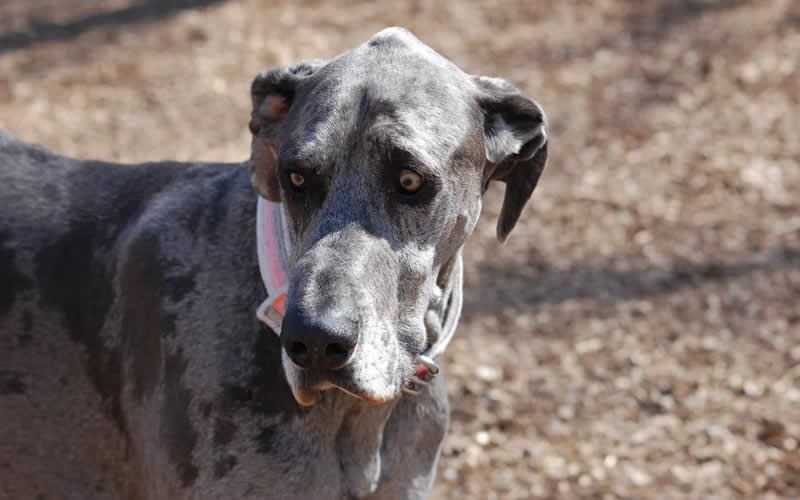Could it be dangerous?
Many different diseases can appear as lumps on, in, or beneath the skin.
Tumours are well known but lumps can also be caused by abscesses (pockets of infection), cysts (pockets of fluid), inflammation, allergic reactions, foreign bodies (like grass seeds) or can be benign (harmless) growths like fatty lumps or warts.
Should the lump be removed?
Removing the lump without knowing what it is, is usually not advisable. We will perform various tests on any lump that appears suspicious such as aspirating with a needle and looking under the microscope.
Surgery is usually the best way to remove a lump and this can be carried out in our operating theatre under general anaesthetic. Tumour removals are prioritised and can usually be booked in within days of identifying the lump. If the tumour has spread then treatment may still be possible – we will advise you about this.
We may want to run tests such as a blood sample, X-rays or an ultrasound scan to check that there are no signs of the lump having spread too far before carrying out the operation.
How can I monitor a lump?
If we think a lump is unlikely to be harmful, then monitoring it might be a reasonable choice. Taking a photo and keeping note of the size and position of the lump will help you to decide if it is growing or changing in future (as vets we describe its size in comparison to various items such as a pea, marble or golf ball.)
If you wish to make an appointment to discuss your pet’s lump or if you have any concerns regarding anaesthetising your pet you can call us or visit us and our team will be happy to help.




